Craft beer is making history. There are more breweries than ever in the United States. And the brewers are pushing the envelope in terms of creativity, innovation and entrepreneurial energy.
Making history, though, means knowing history. And the role that beer has played in the evolution of the country is increasingly celebrated in museums and by beer history groups from Virginia to Oregon.
[newsletter_signup_box]
“Beer is more than just a beverage. It is a dynamic cultural force with the ability to build community and the power to make a change,” according to the mission statement of The Chicago Brewseum. Organizers there have been offering programs for years. They envision that when the three-story site opens, possibly in 2021, it will include permanent exhibits, classrooms and homebrewing space. It will also have a nanobrewery and taproom where guests can quaff collaborations by member breweries.
Beer History Group in Virginia
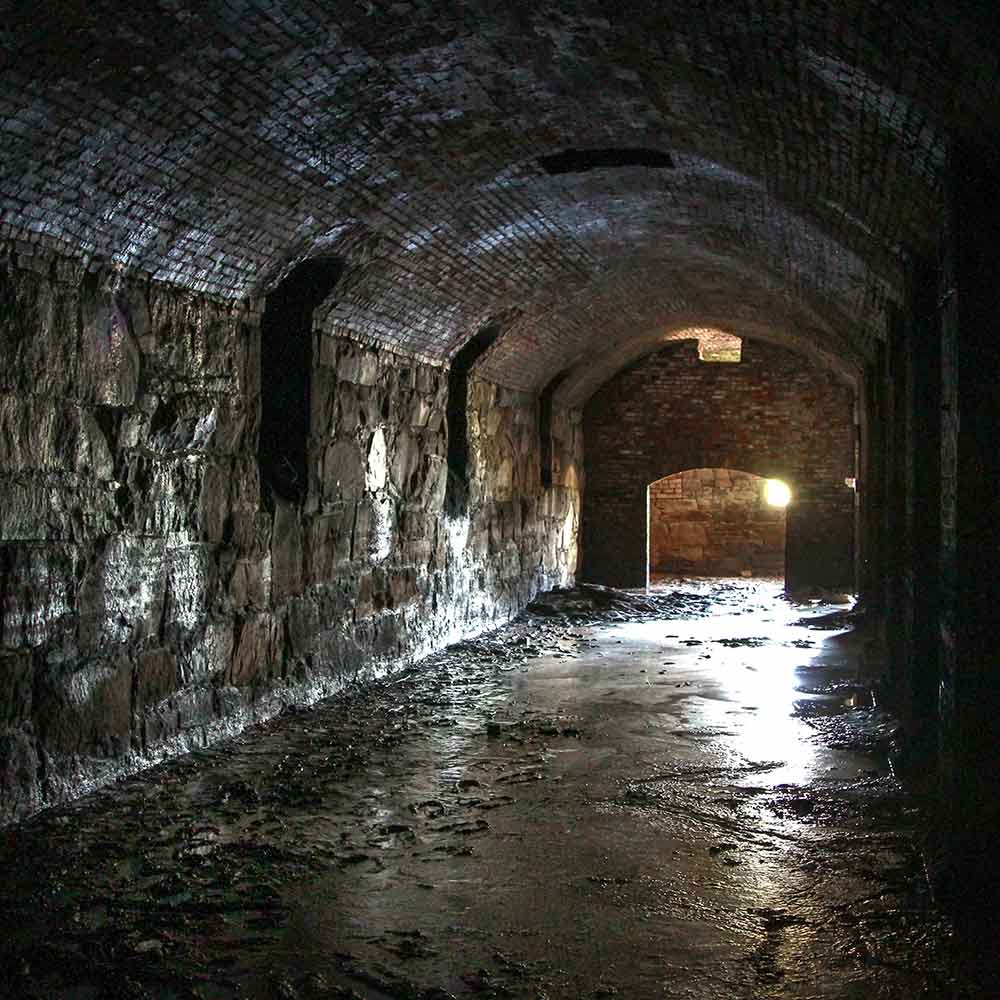
A group in Virginia’s capital called Richmond Beeristoric has taken a more mobile approach. For nearly a decade, the organizers have ushered busloads of beer lovers around the city to “beer-historic” sites. One stop dates to 1607. Historians point out places like where Captain John Smith and other Englishmen shared beer, wine and brandy with native Powhatans. Or where Founding Fathers debated politics in local taverns. Visitors can also see where the oldest son of the Yuengling family started a brewery in 1866 and where German lager brewers transformed an ale-centric culture. The tour also points out where the seeds of the state’s current craft beer boom took root seven years ago.
The group’s effort is more than just a boozy boon to history buffs. Fulton Hill, the site of the 1607 party, overlooks Triple Crossing Brewing Co. and Stone Brewing’s East Coast facility. Thomas Jefferson, George Washington and others drank beer and other beverages at taverns in the heart of the present downtown. It’s where Lickinghole Creek and ShipLock breweries now pour fresh beers.
“The fact that there is an organization here in Richmond that seeks to actively educate consumers on the history of the beer scene is a huge benefit to everyone in the industry, since that education will only serve to produce more well-rounded, intelligent beer drinkers,” said Adam Worcester, co-founder of Triple Crossing.
(READ: Breweries Take Residence In the Nation’s Most Historic Spots)
Sharing Beer History
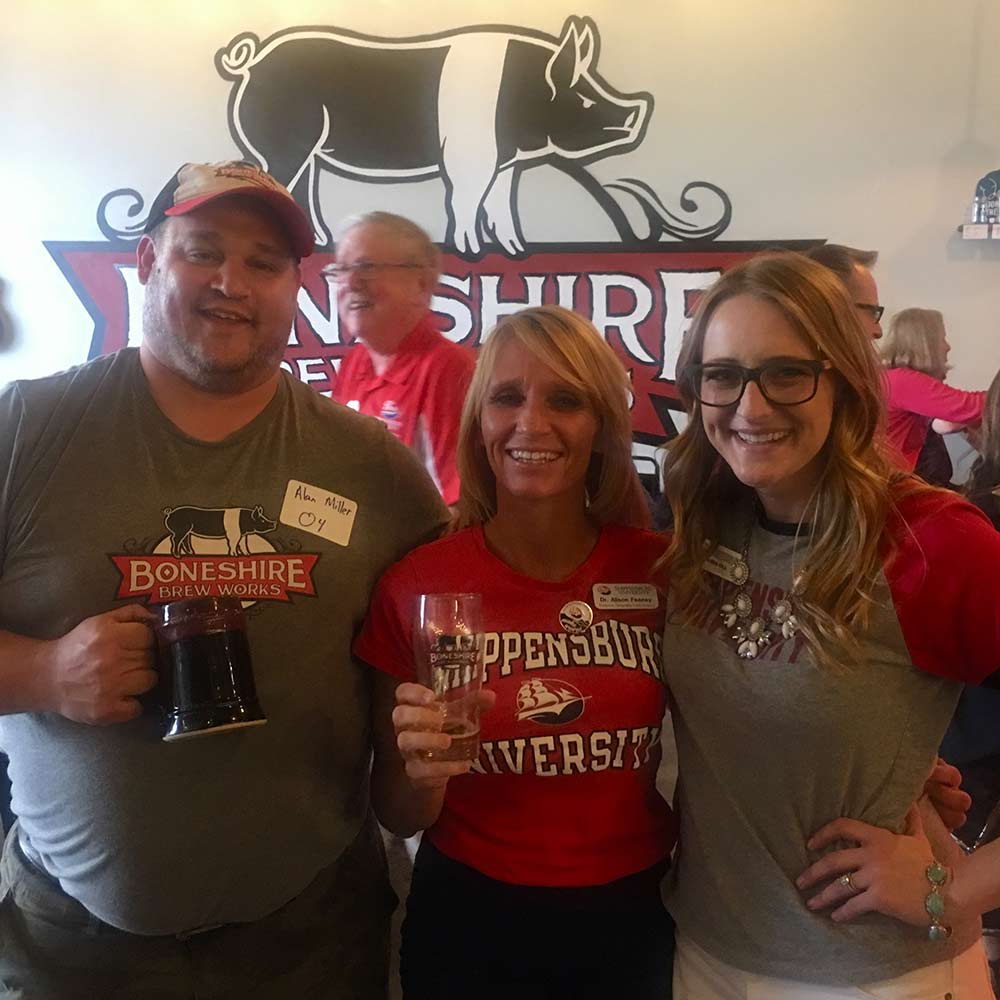
That outlook resonates elsewhere. In Pennsylvania, the birthplace of lager brewing in America, places like Rusty Rail Brewing Company in Mifflinburg pay homage to the past with a museum, murals of industrial development and other attractions. Even the name is a nod to the area’s 19th-century railroad lines.
“History can be perceived as dry and boring, and when you can go and sit in a place like this, and have a beer, it’s a really cool experience,” Dr. Alison Feeney, a professor at Shippensburg University and author of “For the Love of BeerOpens in new window,” a book on Pennsylvania breweries, told the Philadelphia Inquirer. This spring, she partnered with Boneshire Brew Works in Harrisburg, Pennsylvania, for a History & Hops program for Shippensburg alumni.
The Windy City’s Brewseum grew from beer history work done by Liz Garibay, now its executive director. She owns the company History on Tap. “I’ve been studying history through the lens of alcohol since the late 1990s and officially began writing about it in 2002,” Garibay says. “I began doing public tours in 2006 when I was the public historian at the Chicago History Museum.”
In 2018, the Brewseum launched an exhibit at the Field Museum of Natural History on the city’s early beer history. It showcases the influence of German brewers in the mid-1800s in particular.
Different approaches have surfaced elsewhere. Oregon State University hosts the Oregon Hops and Brewing Archives, detailing brewing and hops history in the region dating to the 1890s. Washington, D.C., has the Heurich House Museum showcasing the legacy of brewer Christian Heurich, plus the Smithsonian’s National Museum of American History has the American Brewing History Initiative (the Brewers Association, publishers of CraftBeer.com, are lead sponsors of the initiative). Virginia has its own beer museum. It’s in a historic building in Front Royal in the shadow of the Blue Ridge Mountains. And individual breweries are hosting history programs, such as the Hop Into History evening this spring at Hanging Hills Brewing Co. in Hartford, Connecticut.
(READ: A Stirring Tale Behind the Father of Homebrewing’s Famous Spoon)
Cincinnati’s Approach to Beer History
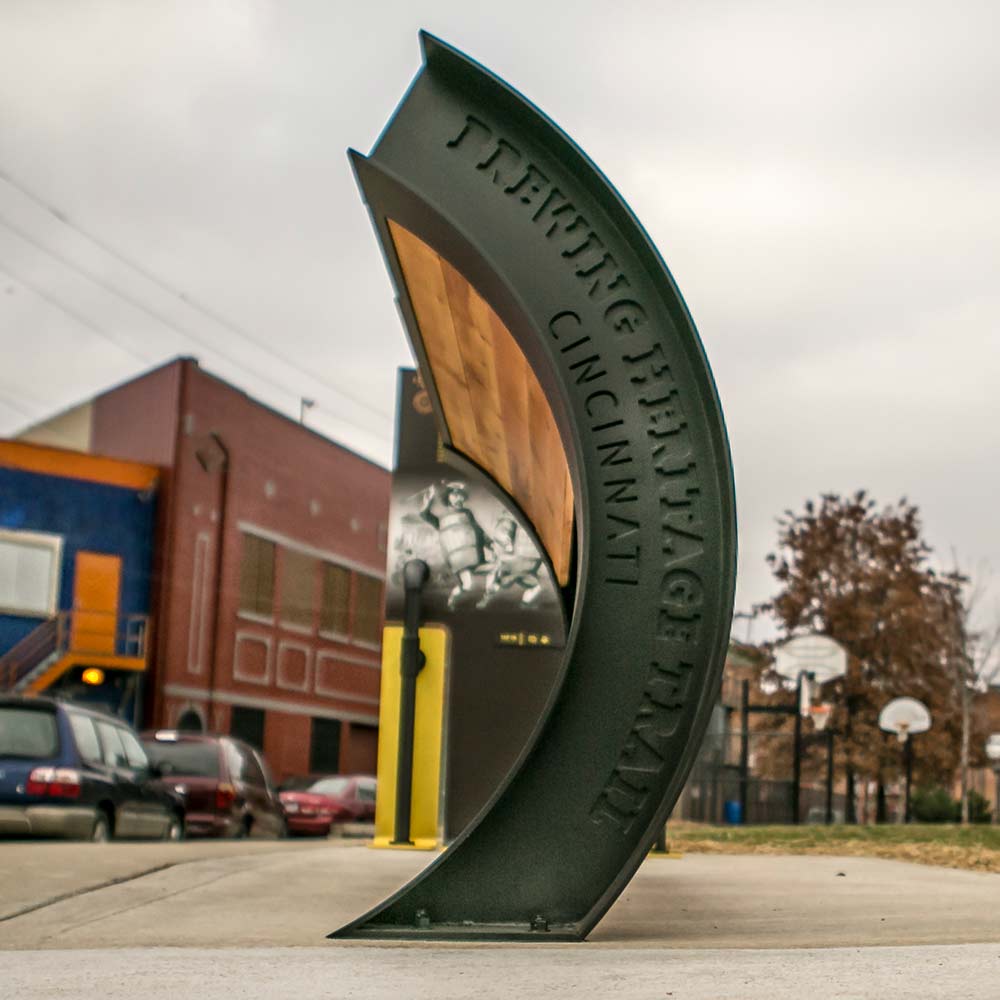
In Cincinnati, residents and local business owners formed the Brewery District in 2003. The district is part of a 360-acre area German immigrants dubbed “Over-the-Rhine.”
Two years later, the Brewery District Community Urban Redevelopment Corp. took shape and it began ushering tourists to brewery sites. The program gradually expanded over the years, leading to the evolution of the Brewing Heritage Trail, which launched this April with multiple offerings. The 90-minute “Cellarman’s” walking tour, for example, links the Christian Moerlein Brewing Co.’s Malt House Taproom, where visitors learn about working conditions in 19th-century breweries, with a visit to the cellars of the Schmidt Brothers/Crown Brewery.
More than 500 volunteers combine to boost the Cincinnati effort. It ranges from neighborhood cleanups to pouring beer at the annual Bockfest. In addition, the Brewery District CURC has professionals to help design and flesh out the 2.3-mile Brewing Heritage Trail. Medallions and signs guide tourists and enhance the learning opportunities while murals illustrate parts of the city’s lager legacy.
“The story told along the Brewing Heritage Trail is our story, where we came from and how we got here,” says a video on the district’s website. “It is our families’ stories, whether we have been here one year or one hundred years. Beer is the link leading through it all.”
As in Cincinnati, the Richmond Beeristoric group looks for ways to serve sips of the past to history aficionados. It has applied to the Virginia Department of Historic Resources to have a roadside marker pointing to the Yuengling cellars. A walking tour of historic tavern sites this spring will showcase moments such as the attack of British troops under Benedict Arnold in 1781. That’s when red-coat soldiers drank the town dry. And the 1807 treason trial of Aaron Burr, who stayed briefly at the Eagle Tavern. Visitors also learn about the last days of Edgar Allan Poe. He stayed at the Swan Tavern before leaving for Baltimore shortly before his death.
(VISIT: Plan Your Next Beercation)
History Holds Communities Together
Like the Cincinnati and Chicago efforts, the Richmond group grew from humble beginnings. Mike Gorman, a beer lover and historian, and Jacob Brunow, a pioneer of local craft beer, discovered “Richmond Beers.” The book is by local author Danny Morris. Over pints at Mekong Restaurant (a part of local history itself, having twice been voted on CraftBeer.com as the nation’s top beer bar), Gorman and Brunow hatched the idea of busing beer lovers around the city to historic sites and to Legend Brewing Co., the lone local craft brewery at the time and now Virginia’s oldest existing craft brewery.
Eric McKay, co-founder of Hardywood Park Craft Brewery in Richmond, recognizes the value of beer history efforts in Virginia and elsewhere. “Since the time of the earliest European settlements in America, beer has served as one of the great unifiers of our nation. Understanding beer history can give a tremendous amount of insight into what makes America what it is today.”
That includes some difficult periods, such as Prohibition and wartime. In Pittsburgh, a group called Brew: The Museum of Beer recently presented “Beer in WWII,” which included photos of GIs holding bottles of beer and wartime ads by regional brewers. Feeney at Shippensburg notes the economic stimulus that beer has brought to small communities. “These breweries are really kind of holding these communities together.”
CraftBeer.com is fully dedicated to small and independent U.S. breweries. We are published by the Brewers Association, the not-for-profit trade group dedicated to promoting and protecting America’s small and independent craft brewers. Stories and opinions shared on CraftBeer.com do not imply endorsement by or positions taken by the Brewers Association or its members.
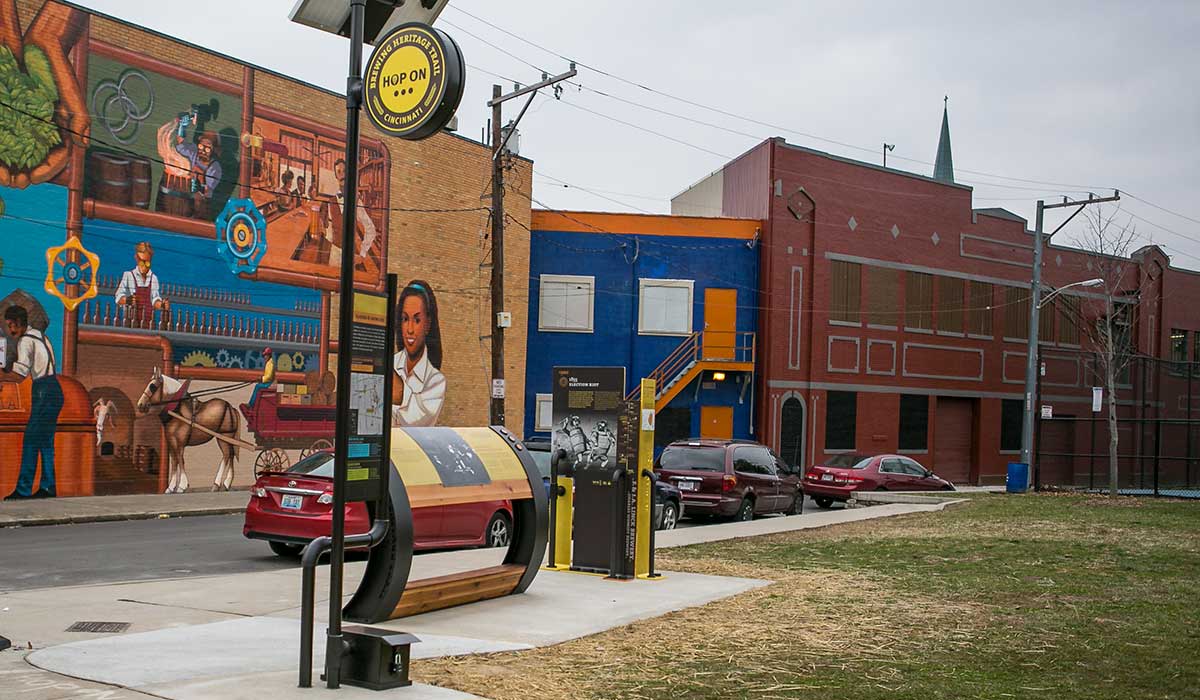
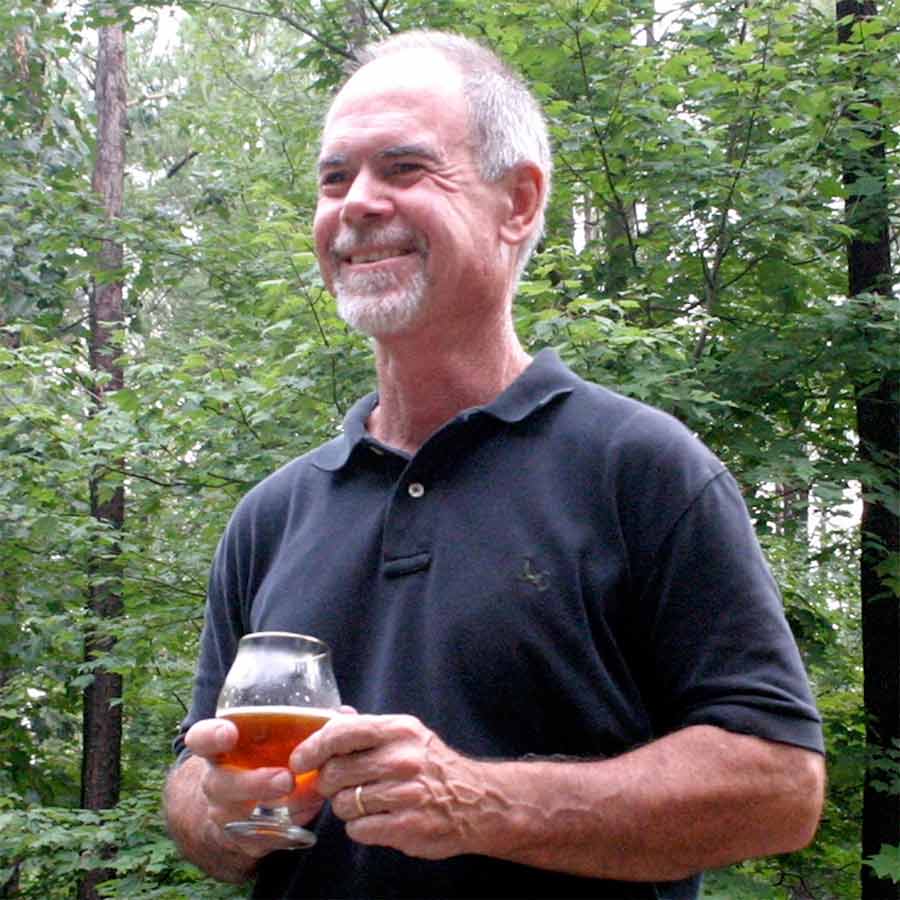
Share Post